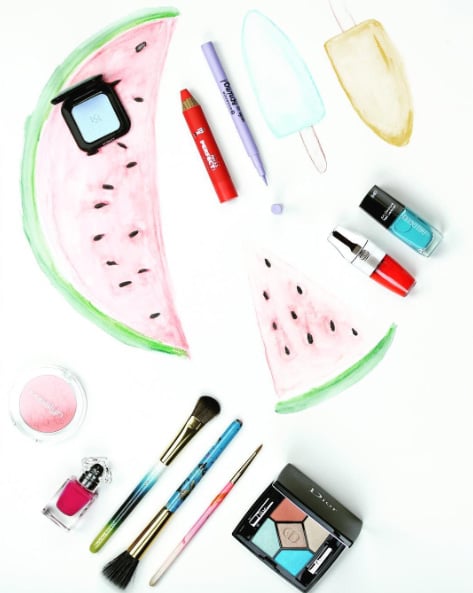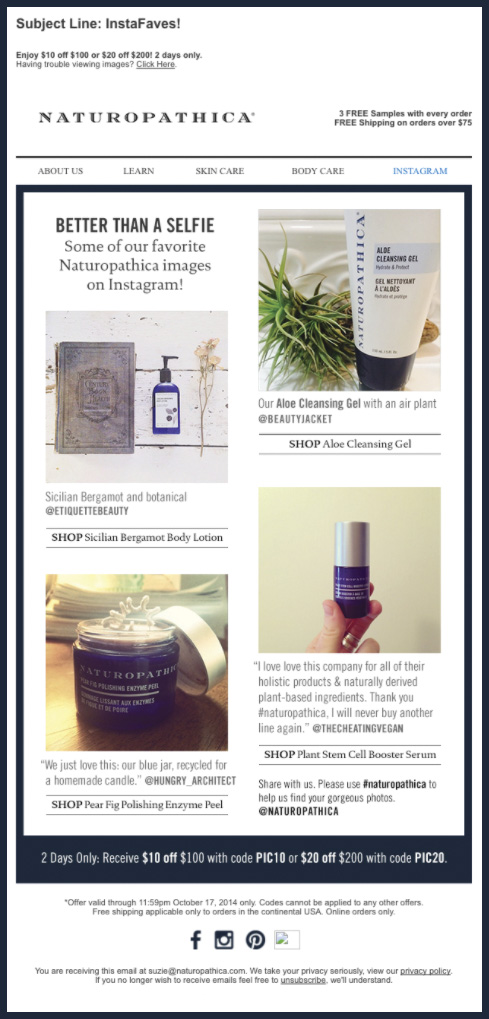
Interview: Susanne Krammer, Founder of junemag.com
Munich-based beauty expert Susanne Krammer of junemag. com talks industry trends: from the intimacy of online content to Korean care products and other fresh perspectives.
Susanne, you left your position as senior beauty editor at the print magazines Joy and Shape to found your online beauty magazine, junemag.com. What’s the vision behind it?
I liked working as a magazine editor, but I always lacked the practical side. With that work, however, I really learned how to think of stories and develop topics specifically tailored to a target group. During that time, I always carried with me the idea of doing something special, where I could focus on beauty – and reach the target group by working online.
Is online a way of getting closer to users and fans?
Yes, nowadays I get very direct feedback on my work at junemag.com – through comments or mails. I already have a big fan base now. I am a trusted authority for women with questions about beauty. That’s something I always dreamed of being.
How do you cope with all your messages and comments? Can you do it alone or do you work with a team?
We do have a team. And we try to bundle answers together: many requests are similar, such as, “How can you give yourself smokey eyes?” If someone really has a specific problem, I always write back personally. You have to know this is not a nine-to-five job here. I am usually online from morning to midnight on the computer or phone. It’s time consuming, but I can still handle most of it on my own.
Video tutorials are a central part of digital media in beauty – even on junemag.com. Why? And what’s important for a beauty tutorial?
On the one hand, I can, of course, explain things much more vividly with a video. In print you have to describe a lot of processes like: “Start at pupil height, turn the eyeliner at 45 degrees…” It’s just easier to understand that kind of thing in a video. On the other hand, I can address the user directly. She knows my face and my voice – that’s much more personal and creates confidence.
This means that you are an approachable expert…
Exactly – and that fits the direction of our content. We don’t want to go crazy for some micro-trend coming out of New York or London. We have approachable topics, we go to the basics. Our main focus is everyday looks.


In the beauty sector which are the most important media outlets for you, including blogs and websites?
I go more to the English-speaking arena. IntotheGloss.com is one of the most famous international blogs. This is great for informing yourself about beauty in all areas. For Korean beauty, Glowrecipe.com is my favourite blog. On there I can find out about products not yet in Germany, which are clearly new trends. ICovetThee. com, Misswhoeveryouare.com and Thebeautylookbook.com are others I think are very good. On the domestic front, my favourite blog is Foxycheeks.com. But if you want to find something really new, you have to look outside the box.
Why does Korea have such a lead in many beauty areas?
This is actually due to the fact that Koreans have incredibly good skin. A cycnical explanation of this would be that it’s genetic. Compared to Central European women, they have a different porosity in the skin, just like they have different hair or eyebrows. But at some point, it also became clear that Koreans tend to have a very precise, structured and sophisticated skin routine. It’s so strictly timed and regular that it has a direct connection to their firm skin. If you examine the creams they use, you’ll discover some fantastic active ingredients. In their 30-minute skin routine Korean women use such different tools, on a day-to-day basis, that an average European would be standing there with their mouth open in shock. Consequently people have started to investigate more, and pieces like “The five Korean skin-care essentials” are standards in beauty media these days.
As an operator of an important media outlet – how do you find cooperation with the industry?
I am lucky that I can work with great manufacturers. I am always looking for the right partners for specific topics. But I start by developing a topic for users, and it’s only then that I look for the best products. If I talk with different manufacturers, I might say, “Sorry I can’t use that now, it doesn’t fit with my target group.”

Are you also asked to get involved in product development?
That used to happen when I worked as a make-up artist. That was an incredibly exciting time. I hope in the future I can contribute more in that direction.
More and more apps are coming out for beauty products, such as facial recognition for make-up styles. Is this the future? Do you use beauty apps?
I find it exciting and keep an enthusiastic eye on the possibilities. But I personally don’t use many apps. I just don’t really like them anymore, after facial recognition and customisation. But that’s just my personal opinion. There are great apps – for example, for buying lipstick online, where you can try on the different shades first. That’s genius.
And for our last question, what’s the mega beauty trend for the next months?
I think liquid lipstick will continue to hold out – as you can see in the sales figures. But what’s being touted as a super trend among beauty insiders is monochromatic makeup – this uses textures with gloss. For example, you have very bright creams with mother-of-pearl dust. Appearance-wise it hits the midpoint between glitter and strobing. We saw something like that in the 1990s, and we’ll see more of it soon.




